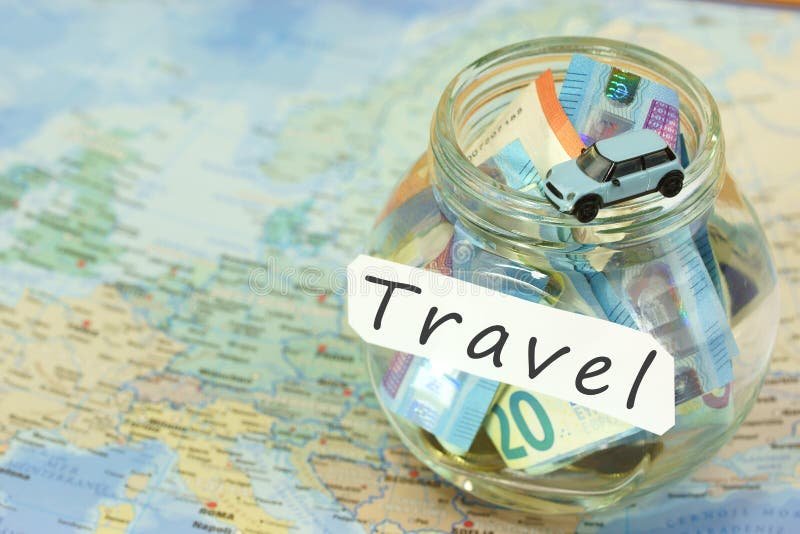Building an International/Emergency Travel Fund Within Your Overall Emergency Savings Plan
In today’s interconnected world, it is becoming increasingly common for individuals to find themselves in situations that require international or emergency travel. Whether it’s a family emergency, an unexpected opportunity, or even a sudden job relocation, having the financial means to cover these expenses is crucial. That’s why building an international/emergency travel fund within your overall emergency savings plan is essential.
First and foremost, let’s address what constitutes an international/emergency travel fund. This particular savings account should be separate from your regular emergency fund – which covers unexpected expenses such as medical bills or car repairs. An international/emergency travel fund focuses specifically on financing trips that fall outside of your usual budget or geographic location.
To start building this dedicated savings account, you need to assess how much you can realistically contribute each month without jeopardizing your other financial goals. It could be as little as $50 or $100 per paycheck – the key here is consistency. By setting aside a fixed amount regularly, you will gradually accumulate funds over time.
Consider automating transfers into your international/emergency travel fund by setting up automatic transfers from your checking account into this specific savings account every payday. This way, you won’t have to rely solely on self-discipline when it comes to saving for future travels or emergencies.
Next, determine what portion of your overall emergency savings should go towards building this specialized fund. Financial experts generally recommend having three to six months’ worth of living expenses set aside in case of unforeseen circumstances like job loss or illness. Once you’ve established that base level of security in your regular emergency fund, allocate a percentage (e.g., 10% – 20%) towards growing your international/emergency travel savings.
Additionally, consider supplementing the growth of this specialized fund through other means beyond monthly contributions alone. For instance:
1) Utilize cash windfalls: Any unexpected influx of money, such as a tax refund or work bonus, can be put towards your international/emergency travel fund. Rather than splurging on unnecessary expenses, channel these funds into building your savings.
2) Cut back on non-essential expenses: Review your budget and identify areas where you can trim expenses. Forgo dining out frequently or reduce discretionary spending to free up additional cash for your travel fund.
3) Seek additional sources of income: Consider taking up a side gig or freelancing opportunities to generate extra income specifically earmarked for your international/emergency travel account. This way, you’re actively working towards funding your future adventures.
Once you’ve accumulated a sufficient amount in this specialized savings account, it’s crucial to maintain its purpose and avoid dipping into it for non-emergency purposes. Keep the focus solely on covering unexpected international trips or emergency situations that necessitate immediate travel-related expenses.
In conclusion, building an international/emergency travel fund within your overall emergency savings plan is vital for navigating unexpected trips abroad or unforeseen emergencies that require immediate action. By setting aside a fixed amount regularly, automating contributions, and utilizing windfalls wisely, you’ll be well-prepared financially when the need arises. Having this dedicated fund will provide peace of mind and ensure that these unplanned events don’t become financial burdens during already stressful times.


